Tooth autograft: is it effective?
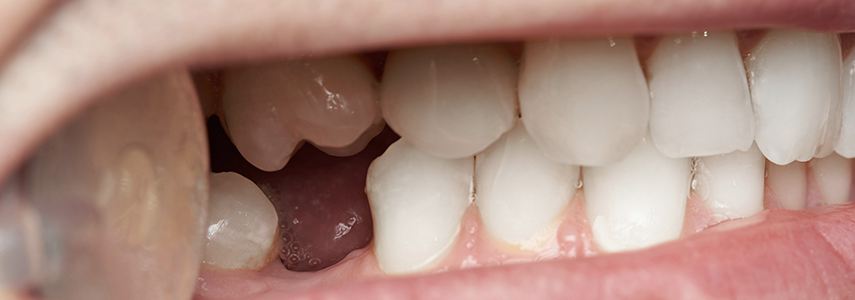
Tooth autotransplantation is defined as the transplantation of a tooth from one site to another in the same patient. It is a technique that is evaluated in some specific clinical cases as a therapeutic alternative to implant or conventional rehabilitation.
Occlusal splint or night guard: what are they and what are they for?

Occlusal splints or night guards are dental devices, more commonly known as bites, useful for protecting teeth from the consequences of night bruxism.
Pain after root canal treatment: how to prevent it
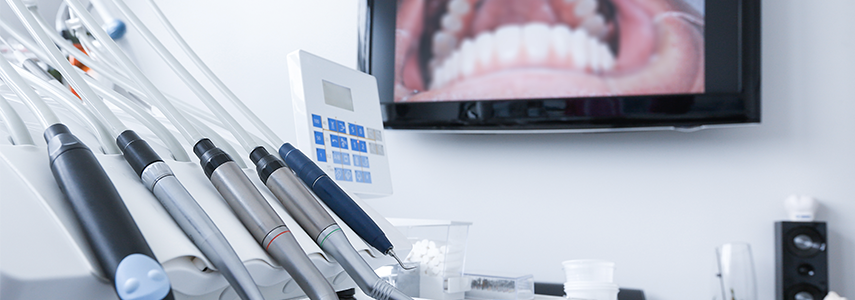
Pain after root canal treatment has an incidence of between 3% and 80% of maximum, mainly within the first 24 hours after surgery.
Preventing bone resorption after tooth extraction
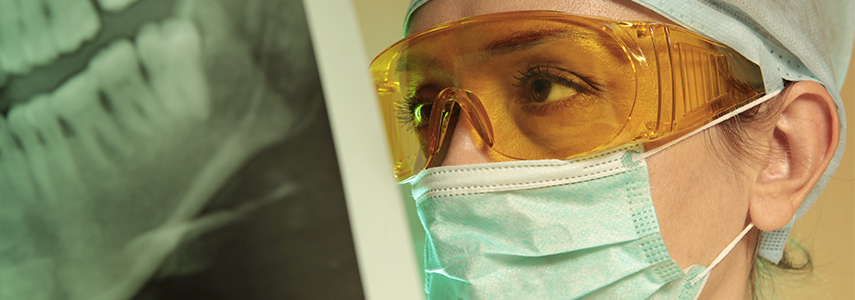
One of the consequences of extracting one or more teeth could be the loss of alveolar bone, both in terms of bone density and thickness. However, new dental techniques are being examined by the scientific community that would help prevent bone resorption after the avulsion of one or more teeth.
Dental bite: when and how to use it
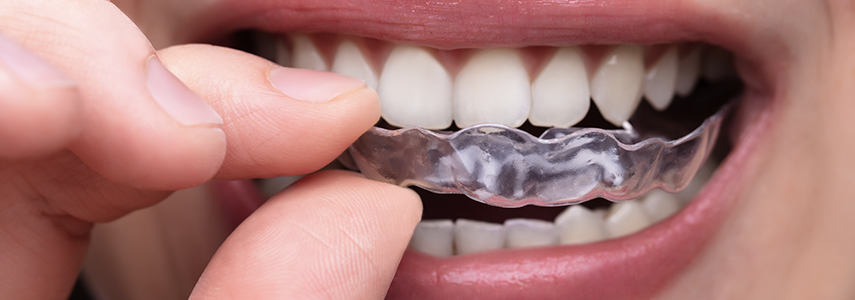
The dental bite is a dental device that is prescribed for the treatment of malocclusion, i.e. when the upper and lower jaw are not correctly aligned with each other.
Treat periodontitis without surgical treatments
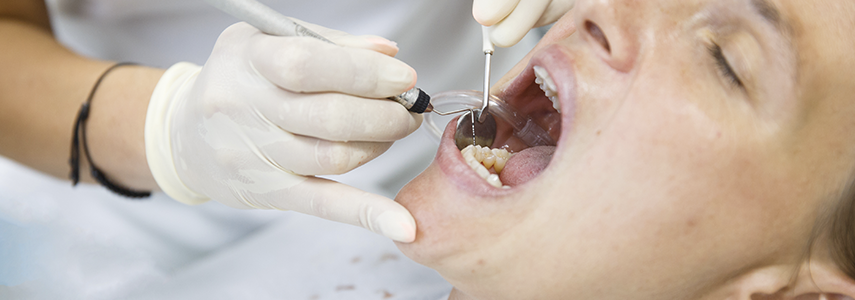
Modern dentistry is increasingly focused on non-invasive treatments, both in the case of complex interventions such as an implant surgery intervention, and for other types of therapies such as those to treat periodontitis or caries.
Is a direct or indirect restoration more suitable after root canal treatment?
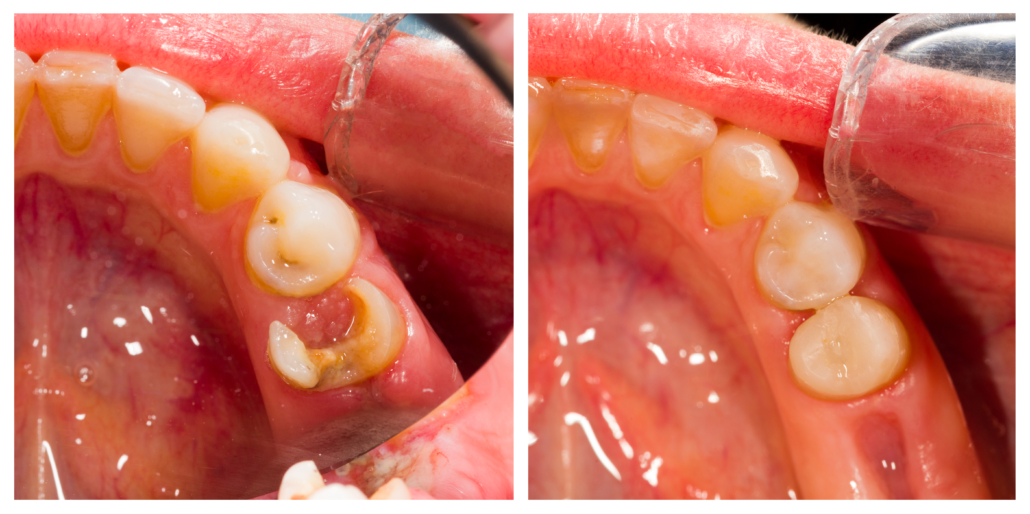
After root canal treatment, the teeth become much more vulnerable and are more exposed to biomechanical forces precisely due to the loss of the internal structure of the tooth after devitalization. The decayed tooth is cleaned of the infected part and subsequently reconstructed, but the type of direct or indirect restoration can affect the future […]
Gingivectomy: what it is and when it is needed
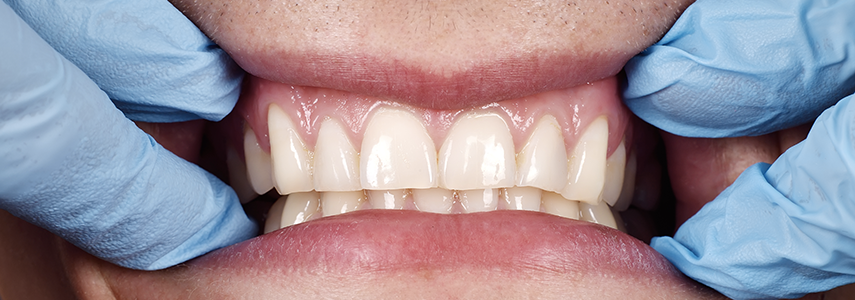
Gingivectomy means the removal of a part of the gum tissue through a dental procedure. The dentist proceeds with a gingivectomy for two main reasons: correct a smile blemish; eliminate the part of the gum tissue that hinders other dental therapies or can damage the health of the oral cavity.
Dental capsules: can they be replaced over time?
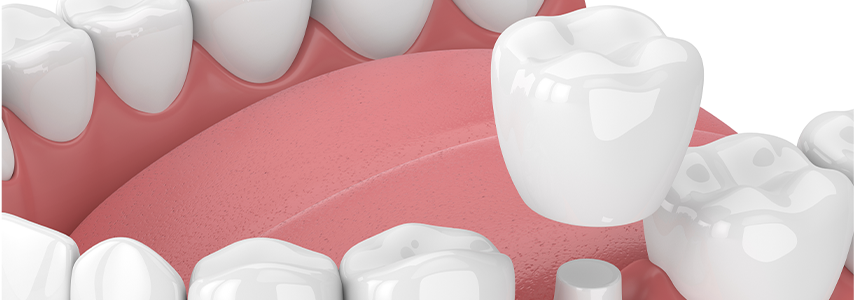
When a tooth is damaged, among the dental therapies that can be adopted to solve the problem, there is the encapsulation of the tooth with artificial crowns, a long-lasting solution, but there are cases in which, for different reasons, deems it necessary to replace the dental capsules.
Mobile prosthesis and chewing: how to overcome discomfort
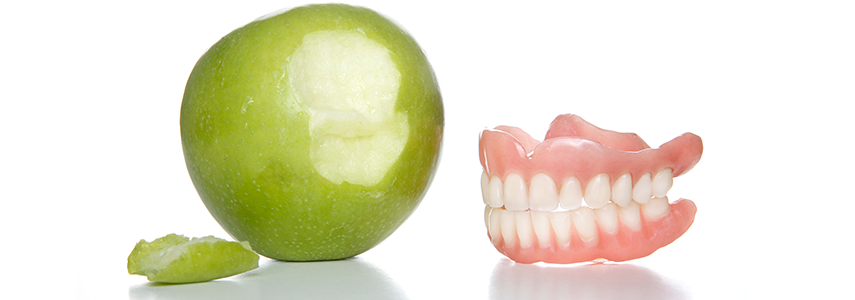
Problems related to removable prosthesis and chewing can be of different nature, especially in the first period in which a removable prosthesis is applied to the patient.

